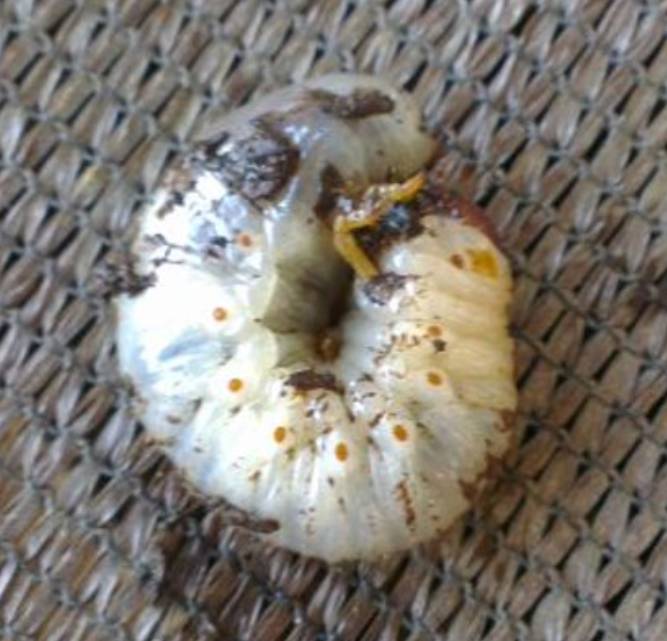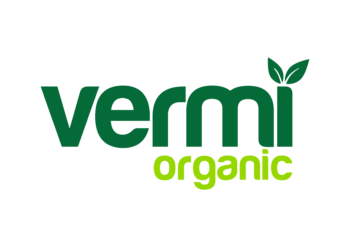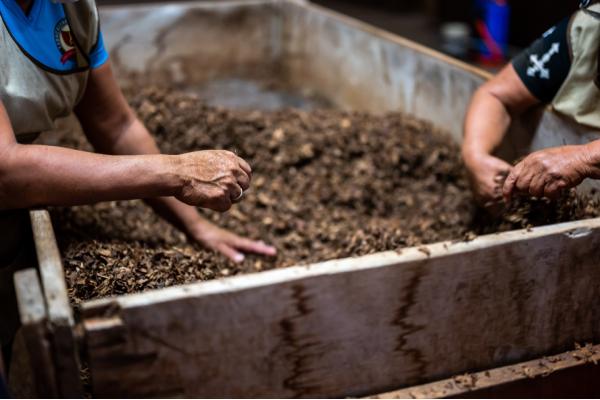What is trophic ecology?
Trophic Ecology is responsible for studying energy and food flows in ecosystems. Materials in the form of waste, living or transformed products of one level, are actually resources for another organic level of complexity, be it microorganism, plant or animal. At the same time, their wastes are trophic resources for other levels, giving rise to a whole food chain in which the immediate principles pass from one to another from primary and secondary producers to consumers, also primary and secondary; and finally decomposers defined equally as primary and secondary. Decomposers simplify the products to get the cycle started again. In this way, nature forms a framework that is self-stabilizing, producing and recovering materials consumed and used on a living scale of great complexity.

Field-shaped larva of dung beetle, very common in virgin precompost. Not important to earthworm safety.
Earthworms in trophic ecosystems
Trophic ecology is of great significance in controlled earthworm cultivation. In this ecosystem, bacteria and fungi to insects, crustaceans and other worms coexist, not to mention undesirable neighbors. All these organisms provide food principles and in turn evacuate wastes that are trophic resources for other groups. The end result is obtaining a substrate very similar to that observed in a tropical forest, a climax soil.
This means that a cultivation of worms, a well-stabilized earthworm, offers economic opportunities to the farmer, by obtaining a high-yield biological fertilizer, whose fundamental limiting factor lies in the mastery of knowledge about the characteristics of the soil and its compatibility with the soil. climax microorganisms. A soil dedicated to the cultivation of olive groves is not the same as that used for a strawberry tree. Even the soil of an extensive olive grove is not the same as in organic. The needs are twofold, on the one hand, the soil that must maintain its original characteristics and a crop whose objective is to produce as much as possible in a stable and ecologically sustainable environment.
Advantages of trophic ecosystems in vermiculture
And here again nature offers economic opportunities, since the materials produced by worms are biofertilizers that take advantage of technologies combined with a good command of knowledge, something that is not always available. As a by-product, but in high demand, it is the large mass of living protein that bacteria, fungi, insects and worms themselves represent, which protein can be used to feed other cultured organisms such as fish, farm animals and cage, even produce food reinforcers for citizens.
There is no doubt that worm farming is a great example of what trophic ecology means and the economic and ecological advantages that the ecosystem represented by a worm has.






